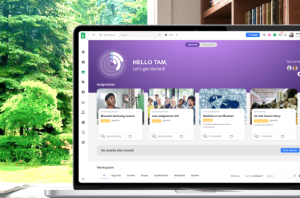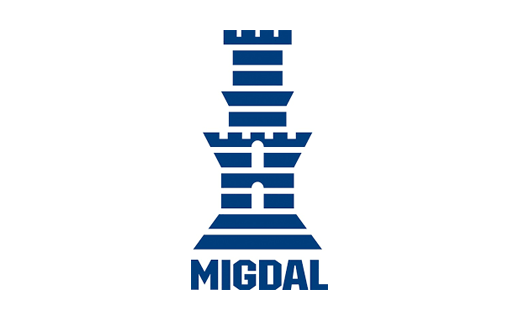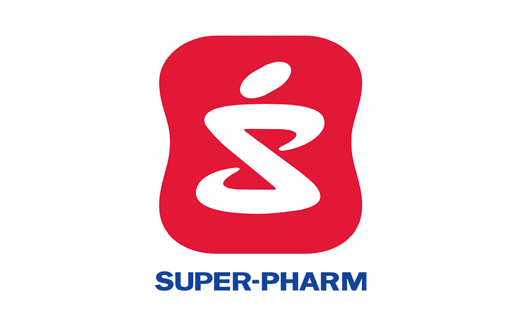A large healthcare provider needed Blossom’s reliable LMS to deliver diverse training across many different job titles. Prior to implementing Blossom, they used a simple solution, which was limited to a single departmental computer. Today, Blossom is being utilised by 90% or Rambam’s workforce.
A large healthcare provider needed Blossom’s reliable LMS to deliver diverse training across many different job titles. Prior to implementing Blossom, they used a simple solution, which was limited to a single departmental computer. Now using Blossom’s intuitive and agile e-learning system, Rambam’s training programme can fit in with their team’s complex 24/7 shift patterns, as training can be accessed from anywhere on any device. In the medical field it is imperative that skills are up to date, relevant and current, which Rambam could easily achieve with Blossom, since it also enabled HR managers to track the training delivery and the varying certification levels of their team. Today, Blossom is being utilised by 90% or Rambam’s workforce.
About Rambam:
Rambam Healthcare Campus is Northern Israel’s largest hospital, delivering a high standard of quality for healthcare in the region. Rambam is a referral centre for eleven hospitals and serves over two million citizens. With 6000 employees and 1000 patient beds, departments in every medical specialty, and a highly distinguished professional staff, Rambam delivers the full spectrum of healthcare services.
They’re also Northern Israel’s exclusive provider for trauma treatment, oncology, neurosurgery and molecular imaging. Rambam’s Children’s Hospital is the leading paediatric medical services provider within Northern Israel.
Challenges:
Rambam’s previous LMS had very limited functionality and restricted ability to track the effectiveness of their training. Their team could only access training from a fixed computer within their onsite department. The way training was delivered was not flexible and they wanted an easy-to-use learning management solution. They needed to track the many different types of medical training required to deliver high quality care to their patients. Delivering training to all their teams was challenging because of their complex hierarchical structure and varying shift patterns.
Problems Solved:
- Their team can now access training from anywhere at any time on any device.
- Blossom’s training delivery method is ideally suited to a busy team, who are always on the go.
- Medical training can be delivered in high volumes to their extensive workforce.
- All completed training is accurately tracked within the system.
Key Takeaways:
- Blossom’s intuitive e-learning features enables Rambam Medical Centre to deliver personalised training courses around their staff’s busy schedules and 24/7 shift patterns.
- Their training is tailored to their complex hierarchy, with different job titles requiring different levels of medical certification.
- Blossom’s scalable learning management system has really improved their operational efficiency, meeting the needs of a large team.
- Of their 6000 employees, 90% use Blossom, making it easy for busy team members to access training at a convenient time.
Client Quote:









